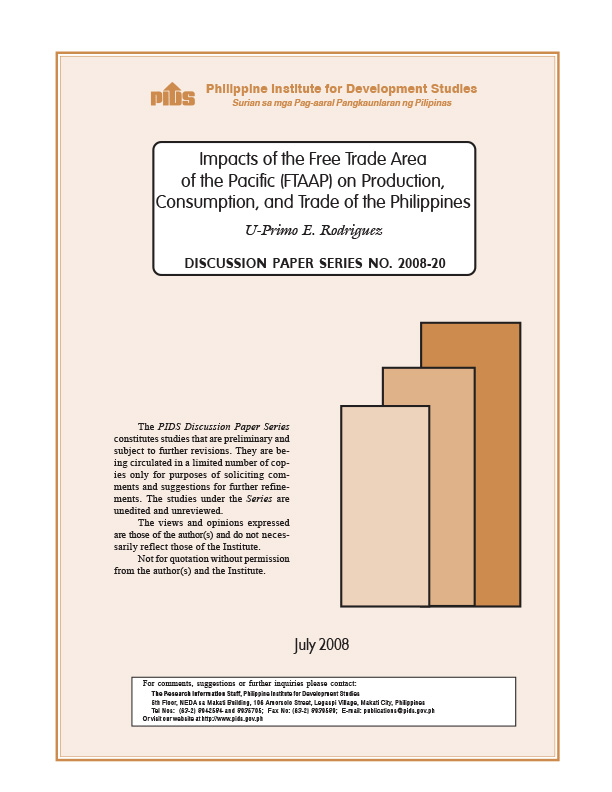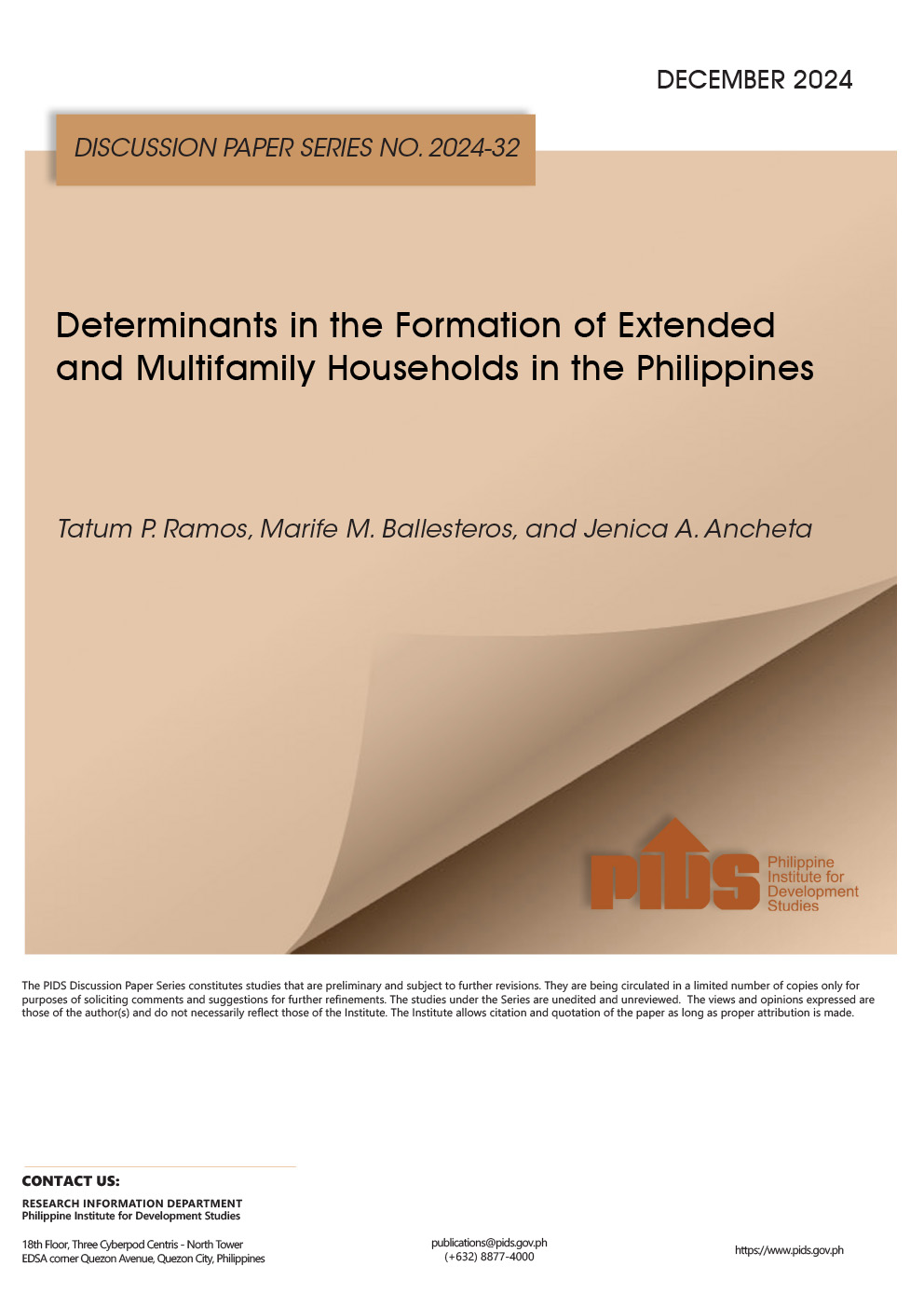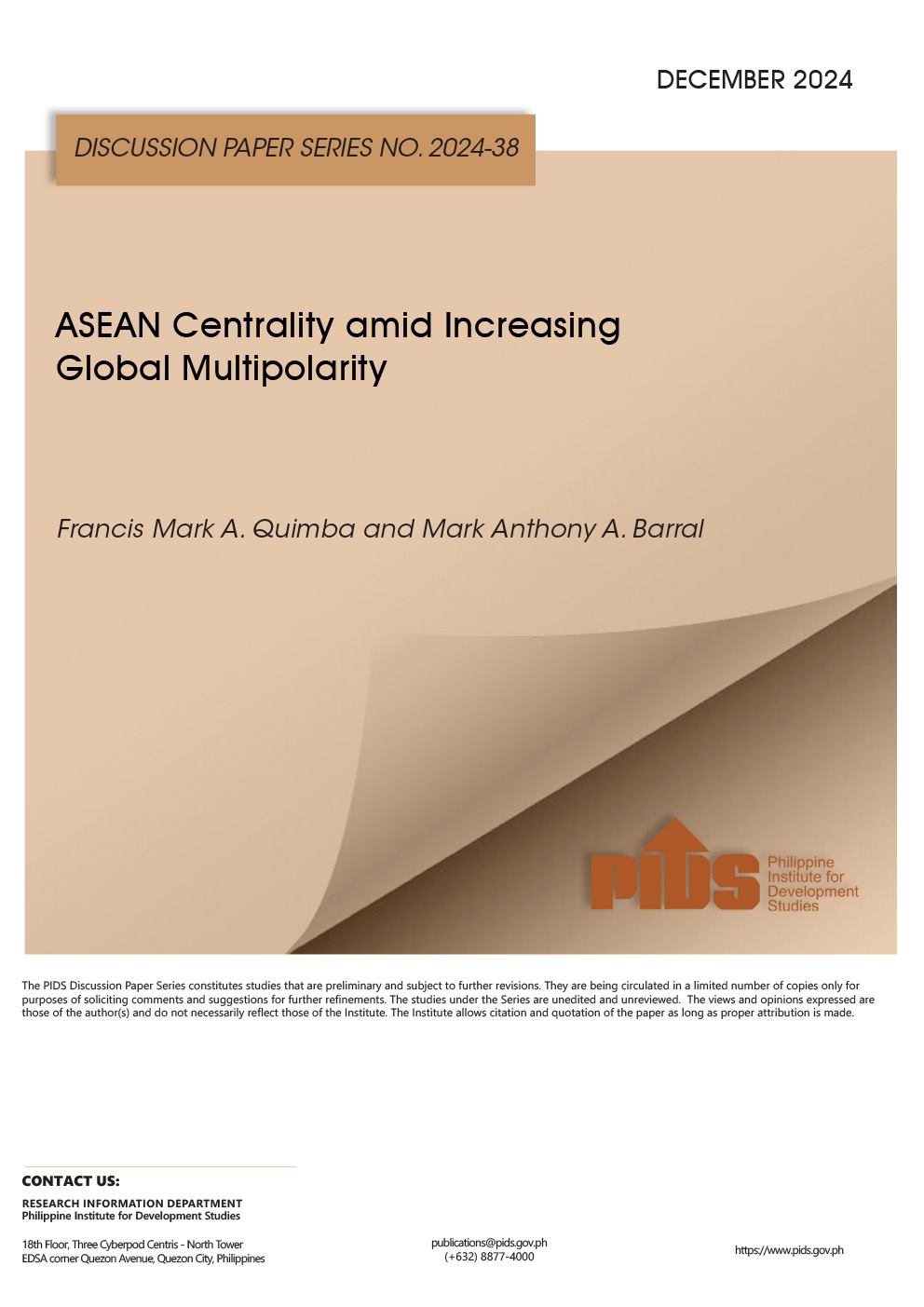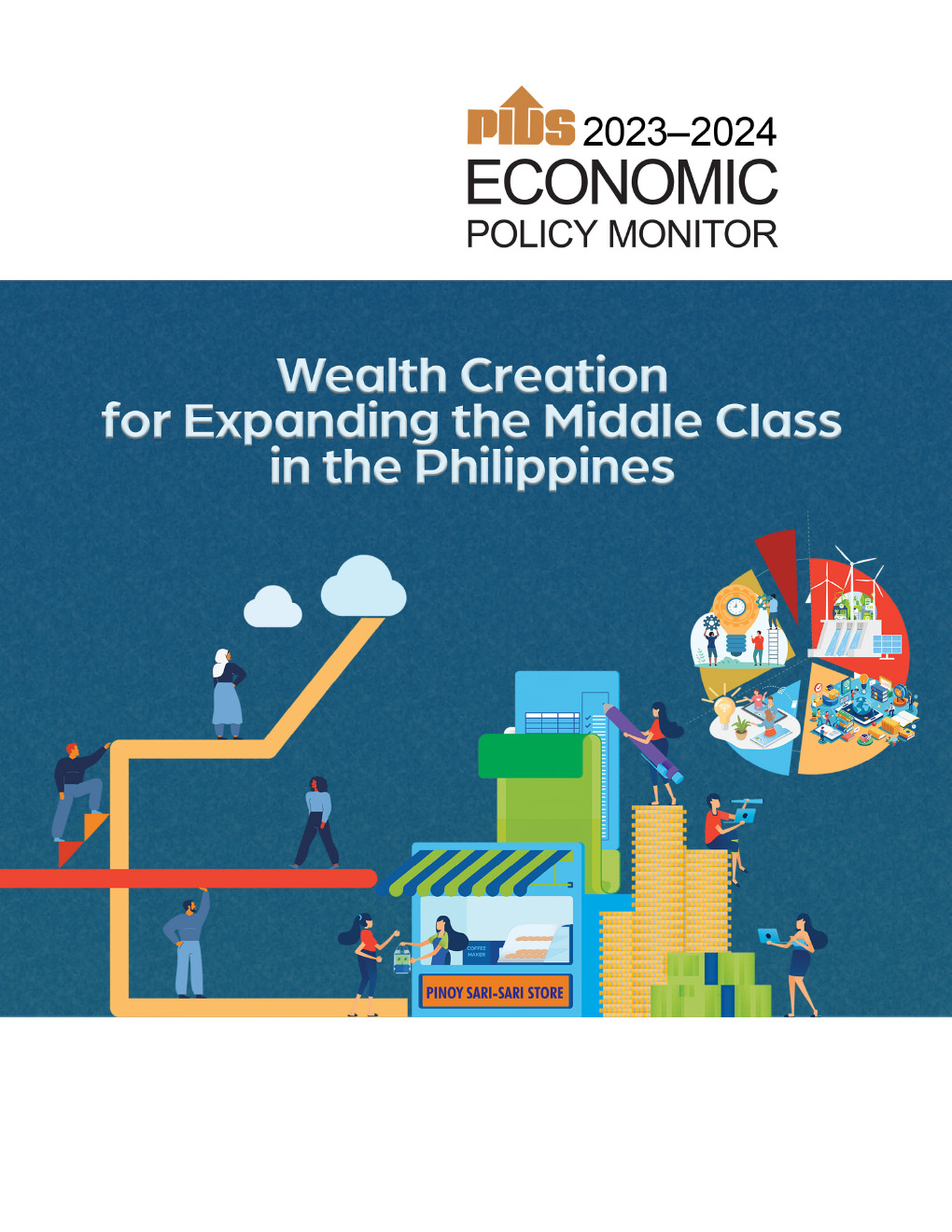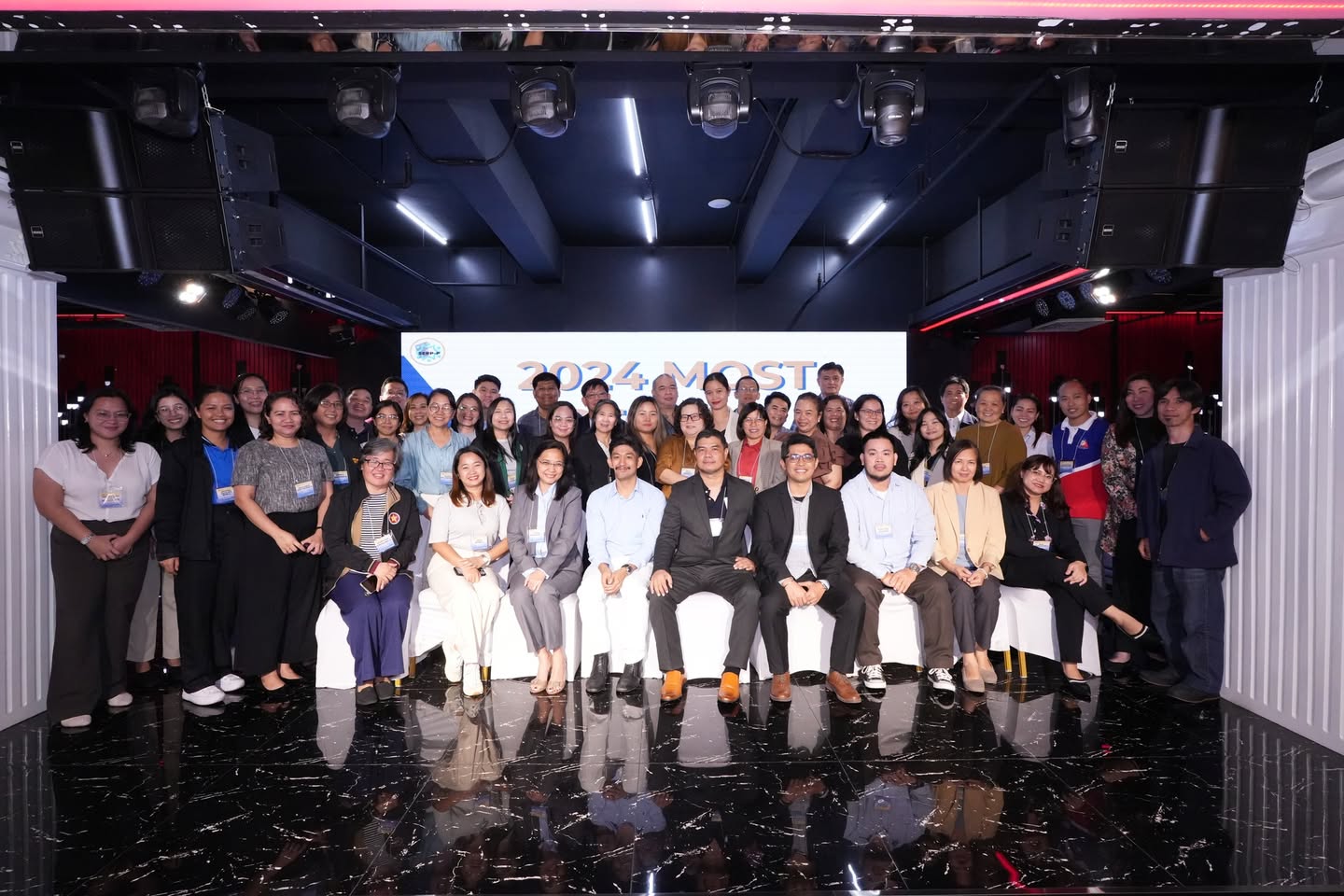This paper examines the economy-wide impacts of a Free Trade Area of the Asia Pacific (FTAAP) on the Philippine economy. In particular, it uses an applied general equilibrium model to determine the effects of alternative scenarios on aggregate and sectoral outputs, consumption, and international trade. The paper also compares the FTAAP to reforms which are confined to the ASEAN plus 3 and to a broader set of tariff changes that covers all the trading partners of the Philippines. The findings of the paper are as follows. First, the FTAAP is likely to benefit the Philippines in the form of higher aggregate output and employment. However, such gains are not projected for all industries as the simulation results indicate declines in the outputs of activities related to rice and corn. Second, the benefits from the FTAAP are likely to come more from the removal of tariffs on nonagriculture products. Finally, the aggregate gains from the FTAAP are larger than an arrangement which is limited to ASEAN plus 3 countries. However, the differences in the impacts do not appear to be very large.

